Is Secondhand the Next Big Thing in Beauty?
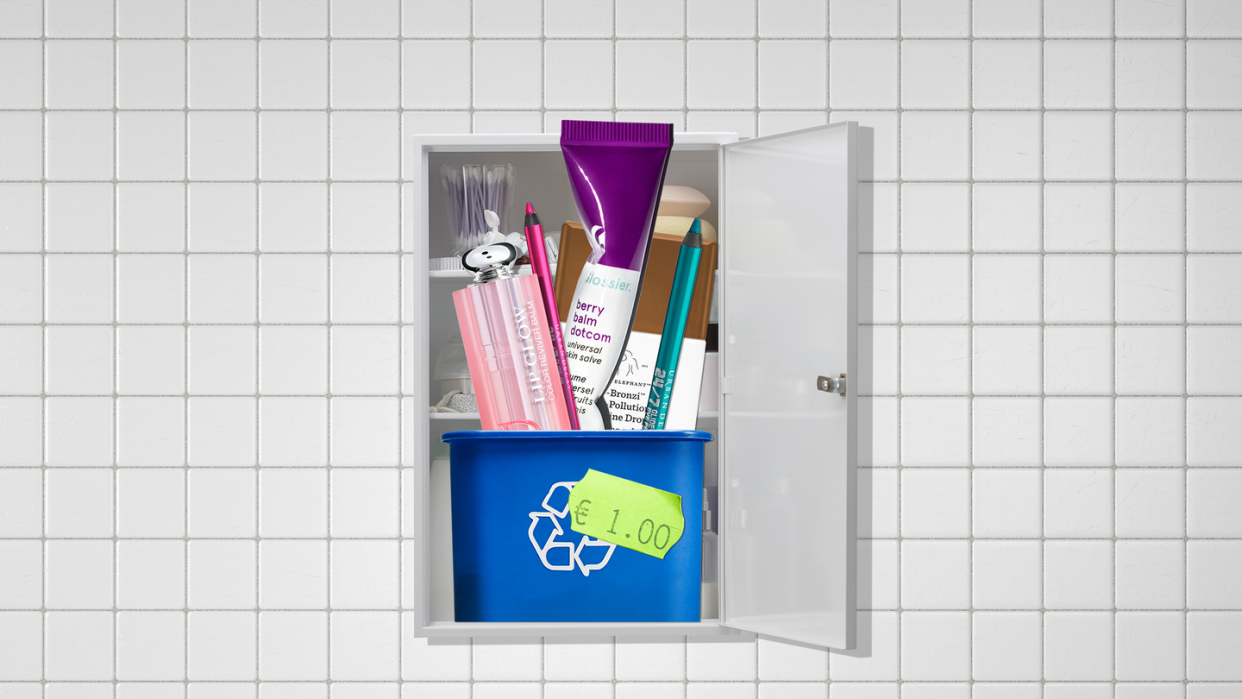
"Hearst Magazines and Yahoo may earn commission or revenue on some items through these links."
Stop what you’re doing and take a look in your closet real quick. If you’ve got something in there that’s secondhand or thrifted, congrats! You’re in the majority. According to an annual report conducted by ThredUp (one of the world’s largest online thrift stores for apparel, shoes, and accessories), 52 percent of Americans have shopped for secondhand clothing in the past 12 months and 1 in 3 have actually made a purchase.
Okay, now shuffle over and take a look at what’s inside your medicine cabinet or under your bathroom sink. If you find a beauty product that you bought secondhand, you’re in the minority…but not for long.
For years, the multibillion-dollar beauty industry has been completely removed from the secondhand market. Even as shoppers have grown increasingly conscious of sustainability and climate change and the impact their consumption habits have on the environment, people have been slow to carry those values over from their closets to their vanities. Makeup, moisturizers, perfume, and shampoo are considered personal care products—emphasis on the word personal. For many, the idea of selling the foundation sitting in the bottom of your drawer that’s a few shades off or purchasing a pre-owned designer fragrance is cringy, maybe even a little bit gross.
But the experts I spoke to for this story insist that beauty’s secondhand boom is already underway, and “rehoming” retailers are going so far as to bet it’ll be the Next Big Thing in the e-commerce space. According to a recent report from Mercari, a global marketplace for all kinds of secondhand products, beauty was in the top five fastest-growing resale categories last year, and it is projected to grow 126 percent by 2031.
In other words, if buying a lipstick from a stranger on the internet sounds like a wild thing to do today, future you—the you just a few months from now—might not bat an eye. (And that eye could be wearing secondhand eyeshadow for all I know.)
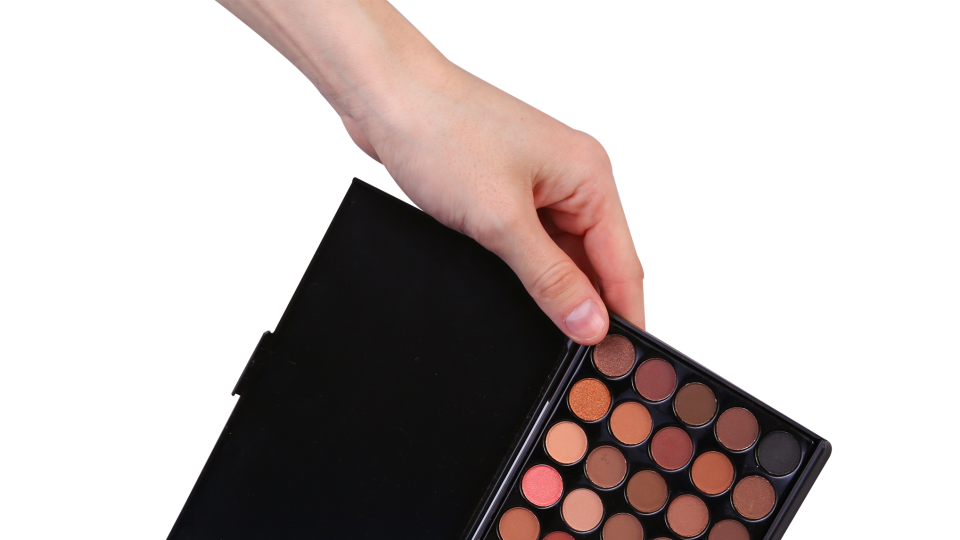
Who’s driving the secondhand beauty movement?
Just like with fashion, there’s a demand for luxury goods, and buying beauty secondhand is an easy way to save money on designer names. “You can level up the brands you can afford when you buy them used,” says Madeline Cronin Aaronson, brand director at ThredUp. One shopper, Nicole Burnett, told me that she visits secondhand sites every single day to look for designer beauty inventory. “I love finding luxury products in unused condition for a steep discount,” says Burnett. It’s no surprise that Chanel, Dior, and Lancome are the top-selling makeup brands on Poshmark.
For many, beauty isn’t just about the performance of a product. Oftentimes, it’s about the power of the brand name, notes Karen Lee, founder of Glou, an online beauty marketplace. She points to the popularity of Mercari in Japan as proof. “A ton of high-end designer makeup was selling on the platform in a country that’s very focused on hygiene,” explains Lee. This signaled a huge shift in the market: Clearly, people were becoming more willing to bypass deeply ingrained grooming norms in exchange for the prestige of having a designer blush or eyeshadow palette in their makeup collection.
Glambot
This is a high-end online consignment shop for makeup. They accept full-size qualifying items (sellers must provide 15 products at minimum from a specific list of brands), which they then sanitize and resell (read more about Glambot’s rigorous product cleaning process here). And FYI, all products with reusable applicators are only listed if they’re brand-new—they’ll never be sold used.
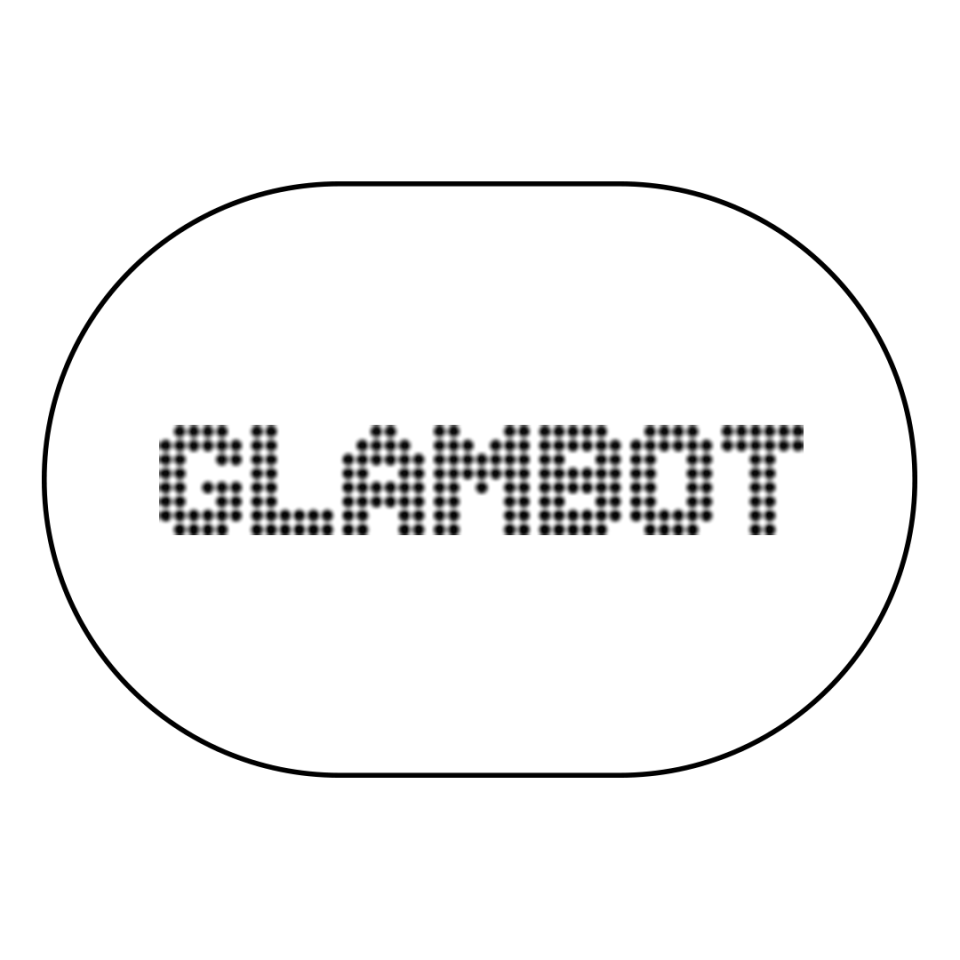
Glambot
glambot.com
Depop
Selling and influencing go hand-in-hand on this popular resale app, which is favored by Gen Zers for its unique finds. Note: Expired and used cosmetics aren’t technically allowed on here, although used listings are common, so shoppers should be extra cautious.
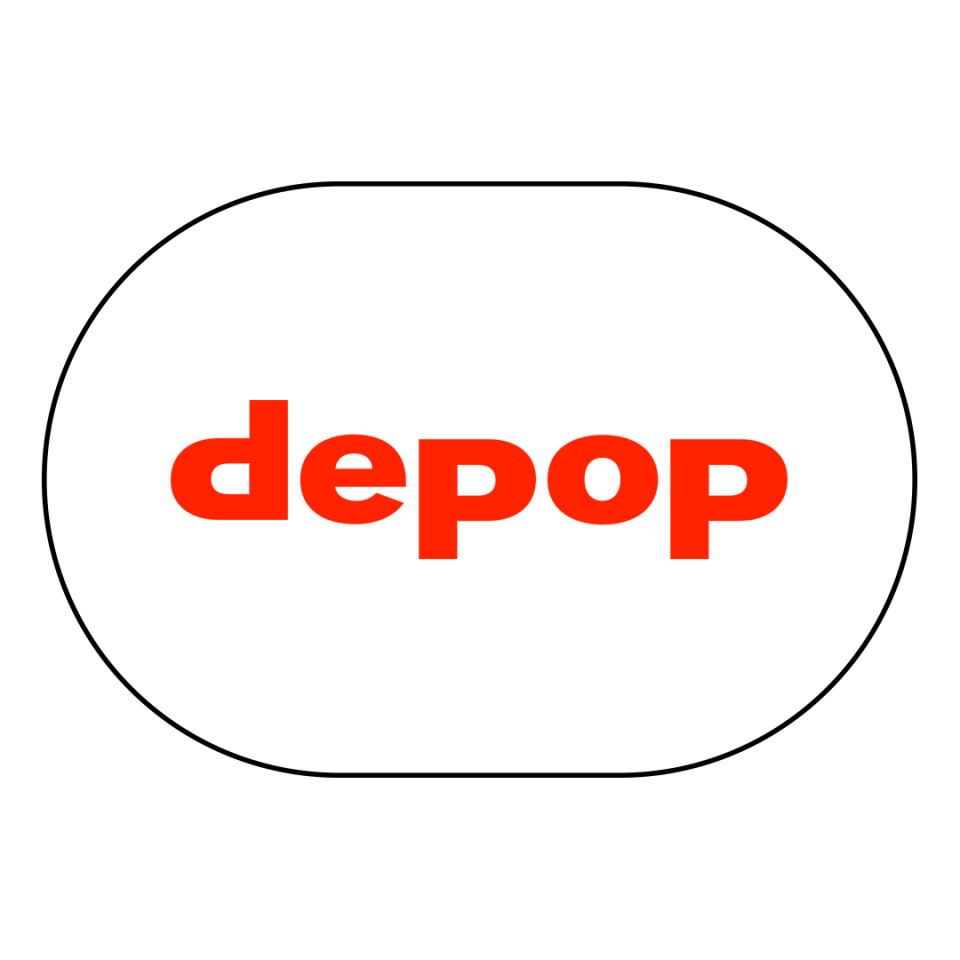
Depop
Depop
Glou Beauty Marketplace
This smaller peer-to-peer beauty marketplace accepts new and used products in all sizes (samples, minis, and full-size). The bulk upload technology streamlines the listing process for sellers. And good news for shoppers? If you are not satisfied with your purchase or think something is off, you’ll get a full refund plus 10 percent in credit toward a future purchase.
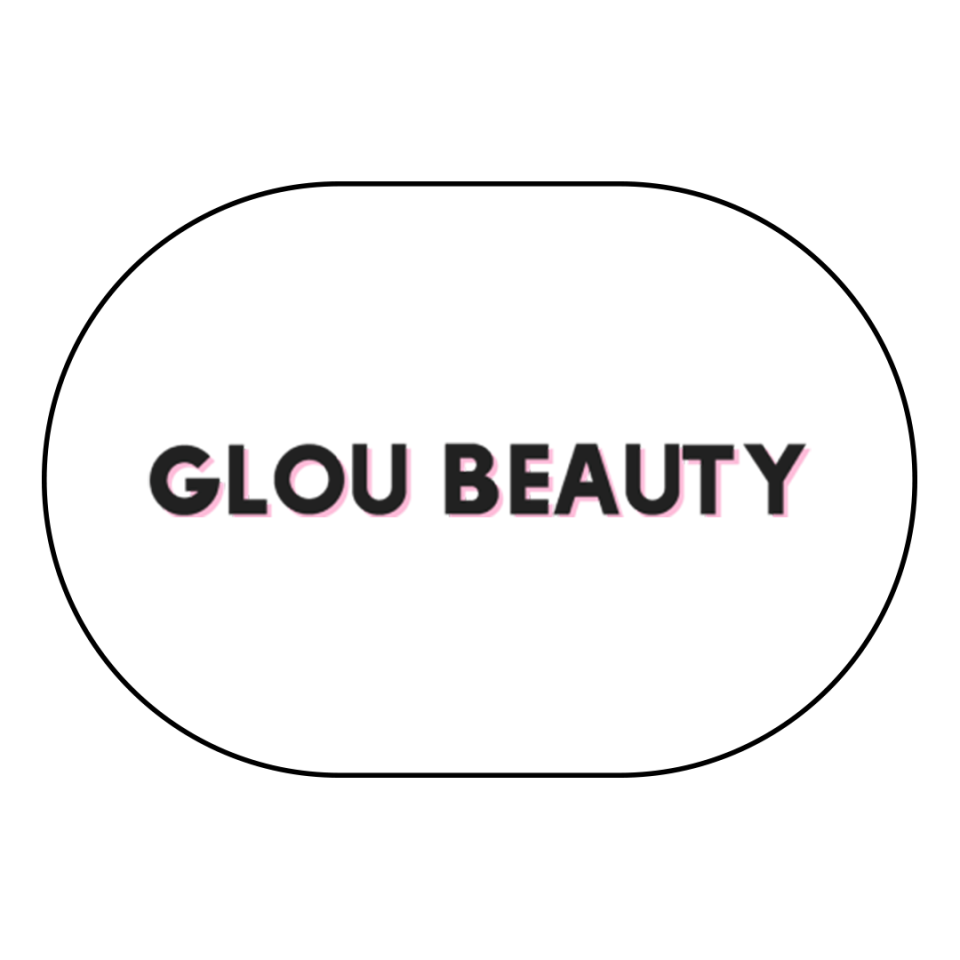
Glou Beauty Marketplace
glou.co
Mercari
A global marketplace similar to eBay, you can buy and sell just about anything in new or used condition, including pre-loved cosmetics and samples. But unlike eBay, Mercari permits the sale of used cosmetics, so it’s up to shoppers to do their research before adding to cart.
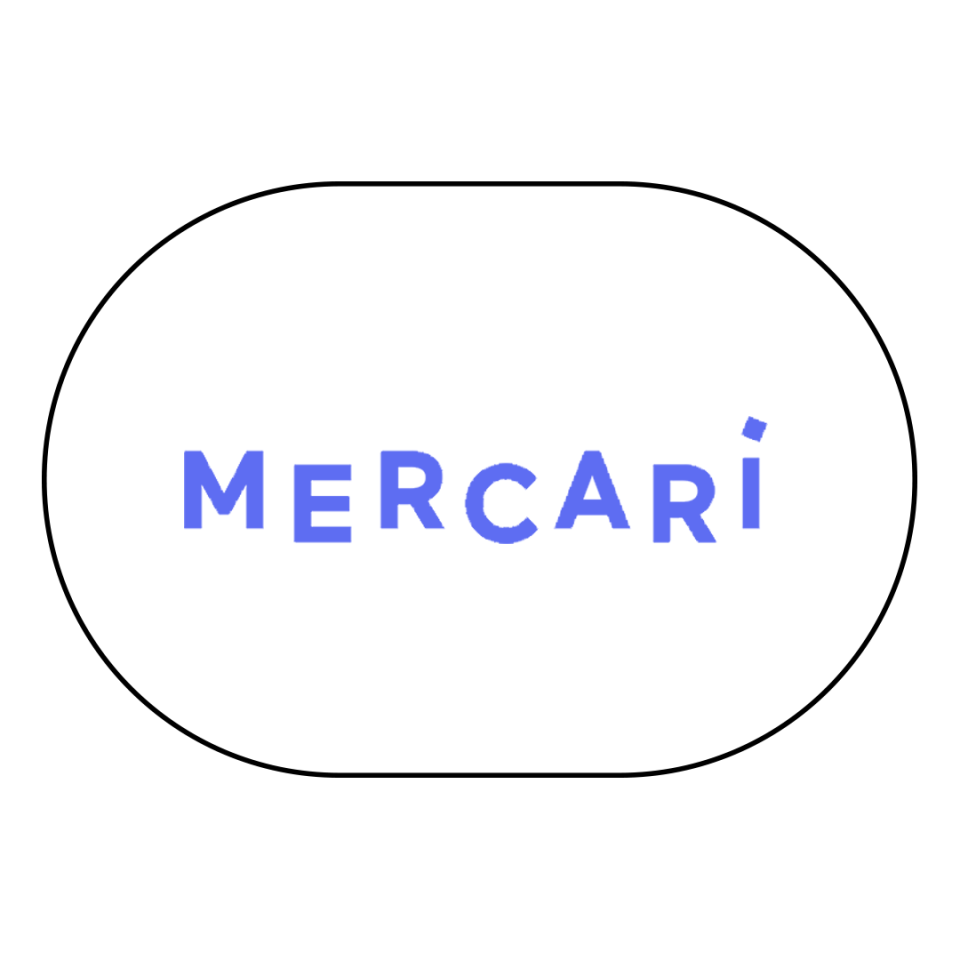
Mercari
mercari.com
Poshmark
This social marketplace makes it easy for both occasional and professional resellers to list, share, and ship fashion, beauty, and home products. Any makeup or personal care item that has been used or opened is considered unsupported and aerosols, perfumes, and nail polish are banned. Poshmark enforces their policies through a combination of community reporting and technological tools that identify products that don’t meet their guidelines. Customers are also fully protected by the Posh Protect policy, which ensures that they will be refunded whenever an item is missing, not as described, inauthentic, or has undisclosed damage or usage.
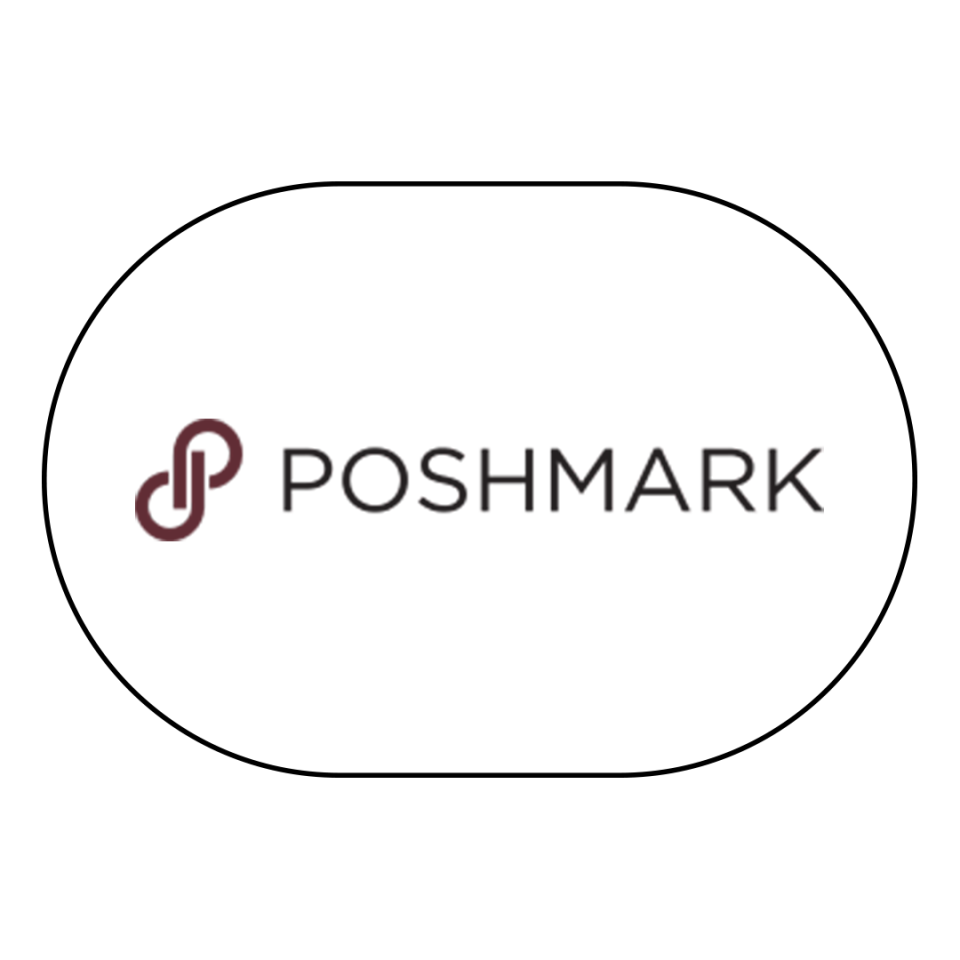
Poshmark
poshmark.com
Of course, influencer culture and the micro-trend movement happening across the beauty world have something to do with it too. TikTok reviews and GRWM videos—whether you post them or shop from them—have made us all more hyperaware of the beauty brands we use and the labels we align with.
“Sometimes, I’m compelled to buy a certain product after hearing my favorite YouTubers mention it. I’ll check it out on Sephora or Ulta first, and if the price is too high, I’ll look on a secondhand site,” says shopper Iana M. Green. “One of my favorite resale purchases lately was the trendy Necessaire deodorant,” says Elizabeth Worsham, another shopper. “I heard such great things from influencers, but it seemed crazy to spend almost $20 for deodorant that I didn’t even know would work for me. I got it resale for half-price brand-new and I am so happy with it,” she explains.
I could do a whole case study on Drunk Elephant D-Bronzi Bronzing Drops, which is mega popular on secondhand sites right now likely because of the internet’s recent obsession with the latte makeup trend. “It’s not at all surprising to see dozens and dozens of listings for D-Bronzi on eBay,” says Casey Lewis, author of the consumer trends newsletter After School. There’s also a lot of demand for specific formulations that have gotten buzz on social but are out of stock or wait-listed. People are selling half-used tubes of Glossier Balm Dot Com on Depop for double the price because the original formula is so covetable, notes Lewis.
Discontinued or limited-edition items are, unsurprisingly, often sought after on secondhand platforms. “Brands discontinue products all the time. If someone has been loyally using a specific product for years, they will often buy it secondhand if that’s the only available option,” says Jennifer Wing, a full-time reseller who started thrifting in 2009 as a side hustle. Poshmark reseller Juliet Motyka says that selling discontinued perfumes and colognes has been profitable for her in the past too. “The ROI on these items could fetch me a few $100! It’s crazy,” admits Motyka.
Even more shocking is the fact that so many of the products found on these resale platforms claim to be new and still in the box. Chelsea Rowan, founder of beauty resale site You From Me, maintains that at least 70 percent of inventory on her site is brand-new and still in the original packaging. So where does all this inventory come from? And why is so much of it in new or barely used condition?
Meet the secondhand sellers
Naturally, beauty resale attracts beauty lovers who’ve got a lot of stuff—and you know who tends to accumulate a personal collection of products? Subscription box customers. “The boom of the subscription boxes like Birchbox and Ipsy was really what made this really vibrant community of sellers and buyers,” explains Lee. According to Lee, the market for beauty resale began in early internet forums on Facebook and Amazon with online communities swapping and selling products that they either didn’t want or had duplicates of thanks to subscription boxes.

Store closings and liquidation sales provide another source of secondhand merch. When Poshmark user Danielle Palmieri spotted Kérastase and Shu Uemura hair kits at a local salon’s going-out-of-business sale, she recognized a financial opportunity. “I bought an abundance of them at a great price and then listed them on Poshmark," Palmieri confesses. "It was easy money.”
Secondhand sellers might also work in the beauty industry. “You have a lot of makeup artists and influencers in the space who have excess products that they don’t want to be wasted,” Rowan says. “I’m sent tons of items and love to test different things. If I decide it’s not for me or something gets scratched or old looking, I’ll list it on Poshmark,” admits Joseph Maine, celebrity hairstylist and founder of Trademark Beauty. “I also sample a lot of products through my manufacturers for my brand. I list those items as well,” adds Maine. To that end, it’s not hard to find listings of beauty products still in the PR mailer boxes on eBay. On their FAQ page, high-end beauty consignment site Glambot specifically mentions that “vloggers” are among top sellers.
The downsides of secondhand beauty
Despite its fans (and indirect industry ties), there’s no denying that secondhand beauty comes with serious risks for buyers. Exposure to germs and questionable hygiene practices are, unsurprisingly, the two biggest concerns. “Products that have been opened and exposed to the air or someone’s skin are likely to become contaminated with bacteria or fungus over time,” warns board-certified dermatologist Ryan Turner, MD, adding that buying secondhand beauty products is not a practice he endorses or stands behind as a dermatologist.
Even if a product looks brand-new, the formula could be expired. “You don’t know how long it’s been sitting in someone’s closet or if it’s been properly stored,” says lifestyle journalist and shopping expert Trae Bodge. “When a product is expired, people’s skin often reacts differently,” Dr. Turner explains. “I’ve seen this firsthand at my practice—people experiencing skin irritation, redness, and itching or general ineffectiveness if the active ingredients in a product have expired.”
Skip liquids and creams
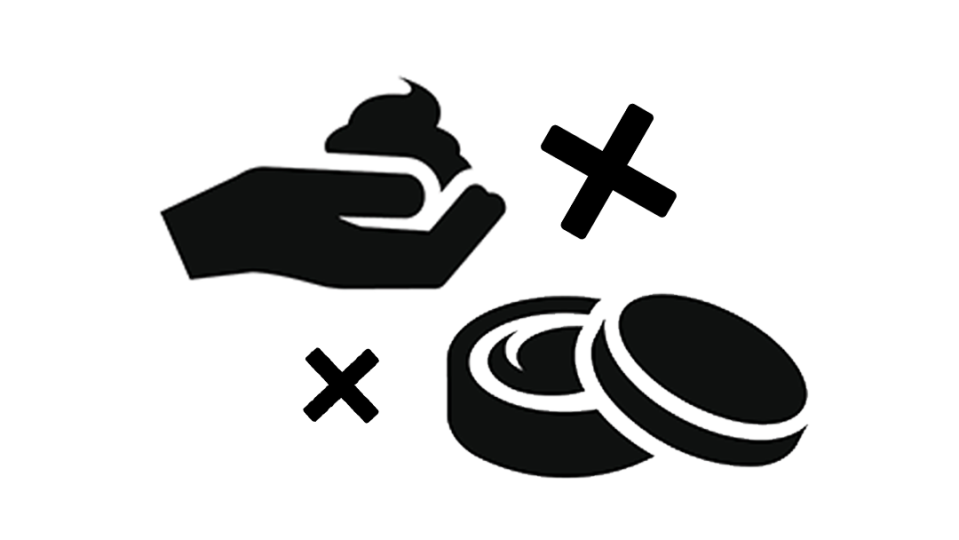
Liquid foundations and concealers, cream eyeshadows, lipsticks, and lip gloss are a riskier secondhand purchase because there is no easy way to sanitize them, warns Dr. Turner. Plus, liquid and cream products tend to have a higher moisture content, which creates an ideal environment for harmful bacteria and fungus to grow.
Stick to powders and pencils
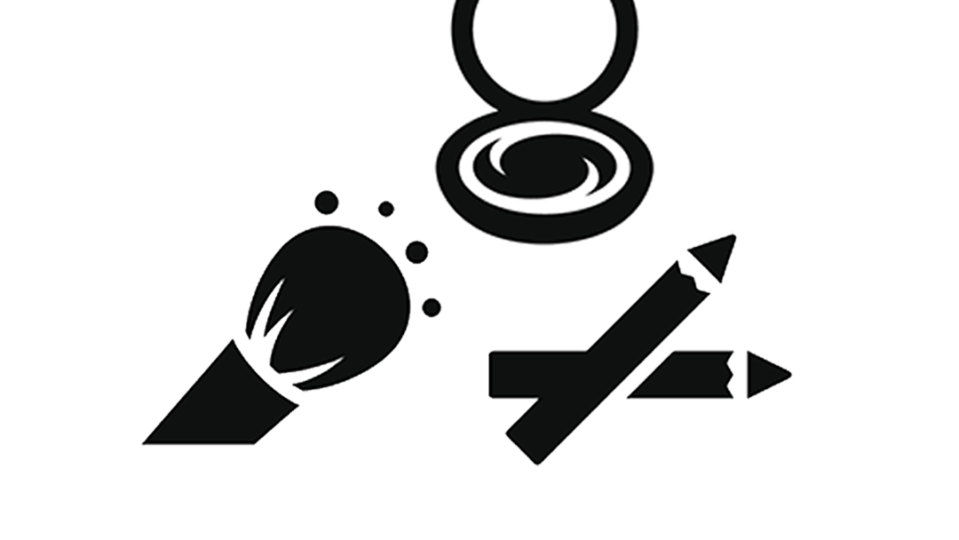
With powder-based makeup like eyeshadow, blush, and some foundations, the top of the product can be scraped off, making it easier to sanitize the remaining product with an alcohol spray. Pencil makeup products can be sharpened to remove the outer layer and the tip may be sanitized with alcohol too, says Dr. Turner.
Be careful with clean beauty
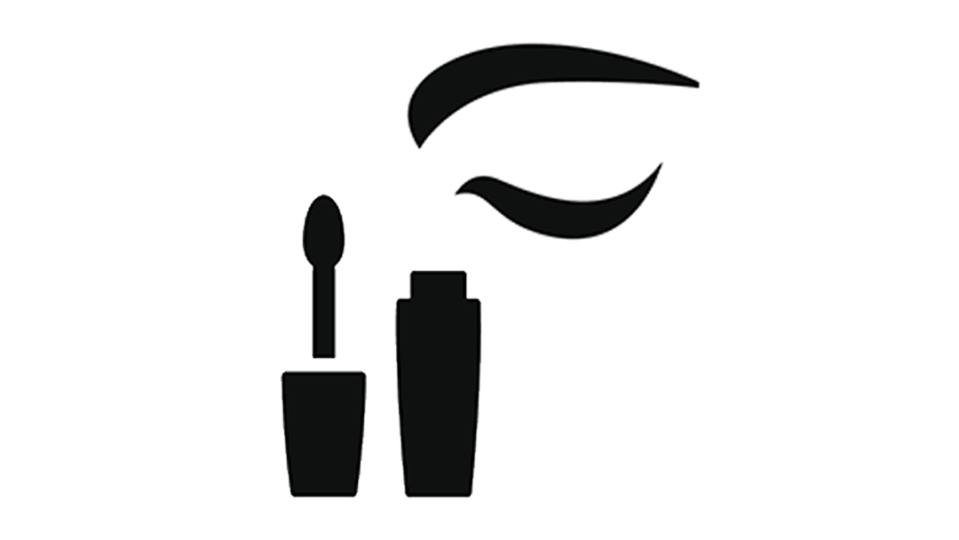
“Beauty and skincare products that are all-natural or plant-based may have half the shelf life of conventional products,” notes Dr. Turner. The lack of preservatives mean these products don’t last as long, so if you notice any weird changes to their texture, color, or odor, it’s a sign to toss them.
Triple-check the packaging
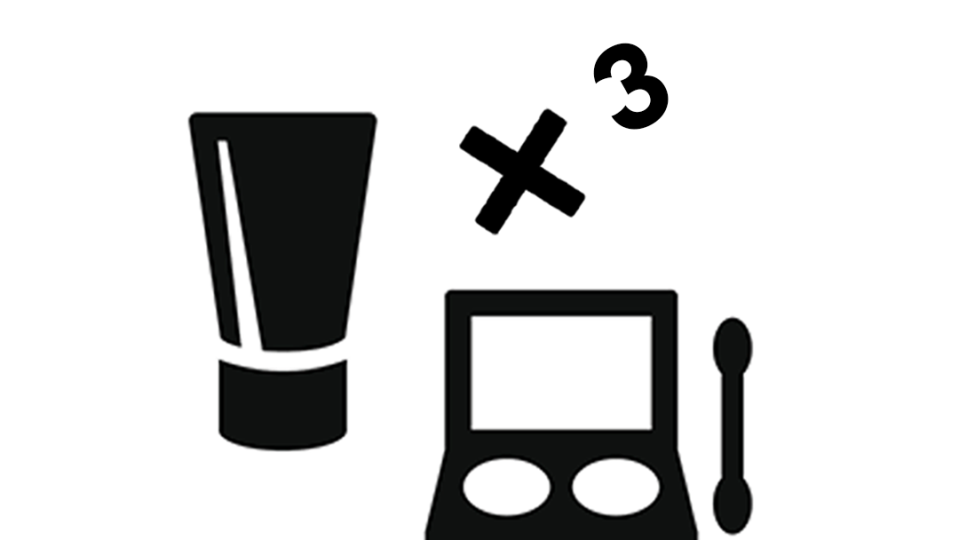
“Avoid products in which the packaging and labeling appears to falsely resemble the logos, font, and images of a known brand. This can surely indicate that the product itself is not genuine,” recommends Dr. Turner.
For sellers, the pressure to be on your best behavior is real if you want to preserve your cred in an e-commerce setting, says Nada Shepard, founder of peer-to-peer clothing share app ReSuit. She compares it to the self-policing done via user reviews on Uber or AirBnB. “A seller risks their reputation if they sell a counterfeit item,” adds Richard Anderson, founder of indie makeup brand Hi Beautiful You, which could be detrimental to their business in the long run.
Meanwhile, a number of beauty-centric platforms have their own strategies for making secondhand beauty safer and more comfortable for shoppers. Take Your From Me and Glambot. In an effort to keep shoppers safe, both online consignment stores restrict the types of products that can be be sold and maintain high standards for product conditions. On either site, only “gently used” items are allowed and nothing can be expired.
These sites also sanitize products in-house before listing them for resale. On Glambot, the exact sanitation method varies from product to product, but customers can expect the top layer or used portion of all lipsticks and pencils to be sliced off with a clean blade or wire, cream products will undergo light therapy sterilization to kill bacteria, and all packaging will be thoroughly wiped clean with alcohol. On You From Me, all products deemed “at risk” for bacterial growth undergo microbial testing and if any microbes are found, the product is immediately disposed of.
Glou, on the other hand, employs the use of AI technology to help flag unusual seller behavior and product listings (such as off-brand or outdated packaging and wonky product batch codes) and potential counterfeits so that sus products are removed before you even have the chance to add them to cart. Glou also encourages sellers to upload their original receipt and the item’s batch code as an extra way to authenticate their products.
But despite these safeguards, secondhand beauty retailers make it clear that it’s on buyers to assume the risks associated with purchasing pre-owned products, and the secondhand shoppers I spoke to fully understand that. Many also recognize that to score serious savings, you need to put in the work. “I look at all the pictures on a listing thoroughly and double check for imperfections before purchasing,” says Burnett. “I also vet any seller I buy from and check their history, number of sales, rating, etc. I also look at their current stock. If their current listings show mostly non-beauty products, I won’t buy from them. I prefer to be more cautious,” she explains.
It’s common knowledge among this group that the right mindset is key to a good secondhand shopping experience. “I recently bought a Bumble & Bumble shampoo I wanted to try that was advertised by the seller as 70 percent full, but in reality, it was way less than that,” says Worsham. “I had a moment of disappointment after seeing how much of the product had been used, but then I reminded myself I got it for nearly 50 percent off when I was originally going to buy it for full price. You have to value savings, environmental impact, and the opportunity to try new things over getting the product brand-new.”
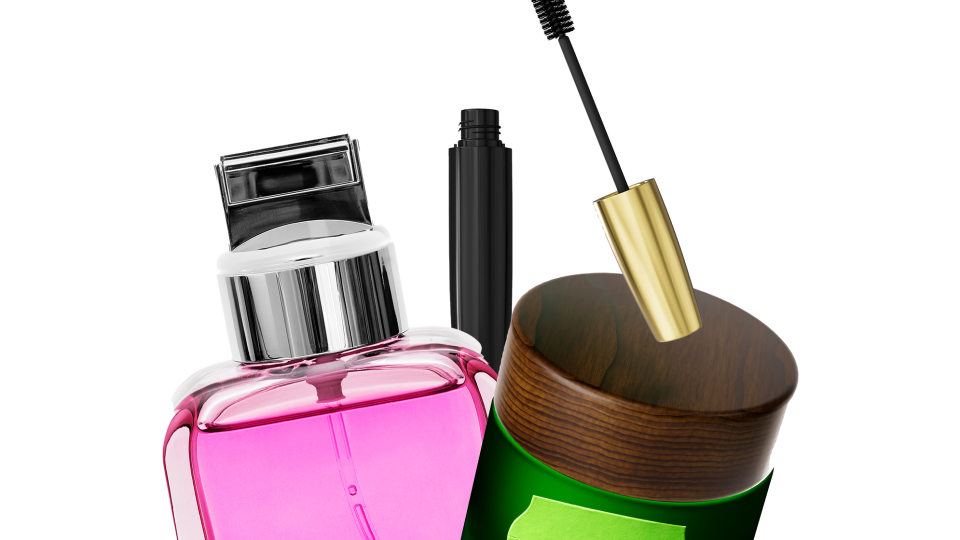
How traditional beauty retailers are responding to the secondhand boom
Most of the big beauty companies and retailers that I reached out declined to comment or disregarded my questions and cited other “safer” sustainability measures they’re taking instead—which, fair. Shopping secondhand is a shift that could profoundly change the beauty industry and affect both a company’s bottom line and the perception of their brand. But that’s not to say smaller indie brands don’t already have the secondhand movement on their radar.
Rowan points to a partnership with Axiology, a zero-waste beauty company, as an example. “They had a large inventory of lipstick that was being rebranded and not set to expire until 2025,” she says. “We were able to sell about 2,000 units of their lipsticks on You From Me within under a year, which was amazing and they didn’t have to send anything to the landfill.”
Fashion’s trajectory may provide some foreshadowing in this space, of course. If luxury and mainstream fashion brands like Gucci, lululemon, and Coach are partnering with secondhand sites to create resale programs (they are) and launching their own buyback programs (also true), it’s not a leap to assume that cosmetics companies will apply similar principles of circularity to their own products in the future.
The takeaway
Mindsets around beauty shift all the time, and a surplus of discounted products (in seemingly new condition) can be adequate motivation, both for a seller and a buyer, to enter the secondhand space. And many shoppers say they are more willing to bend traditional rules and accept certain risks when the price is right or an item is hard to find elsewhere. As resale platforms become more ubiquitous and secondhand products become more valuable, beauty graveyards just may become a thing of the past.
You Might Also Like

